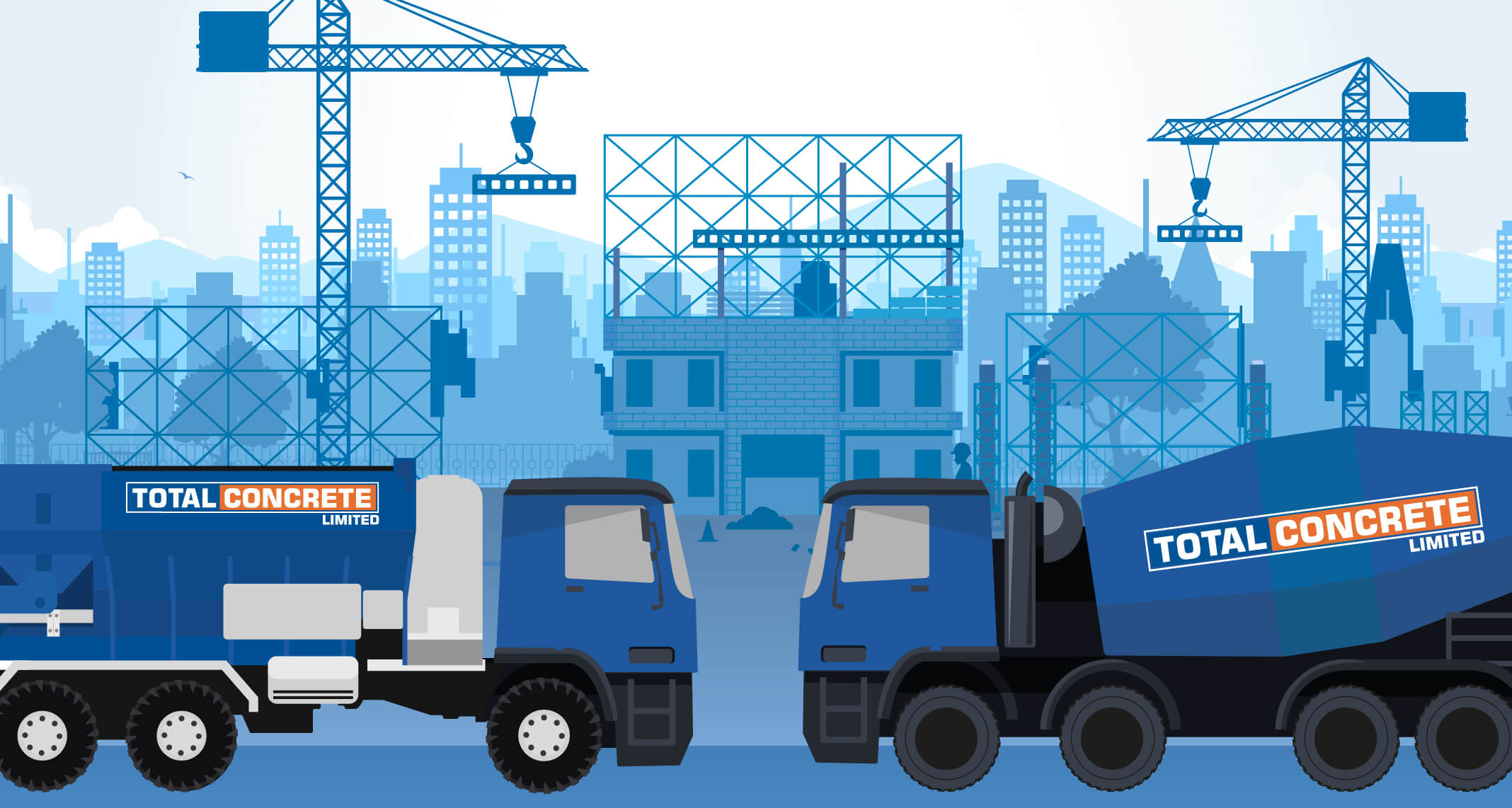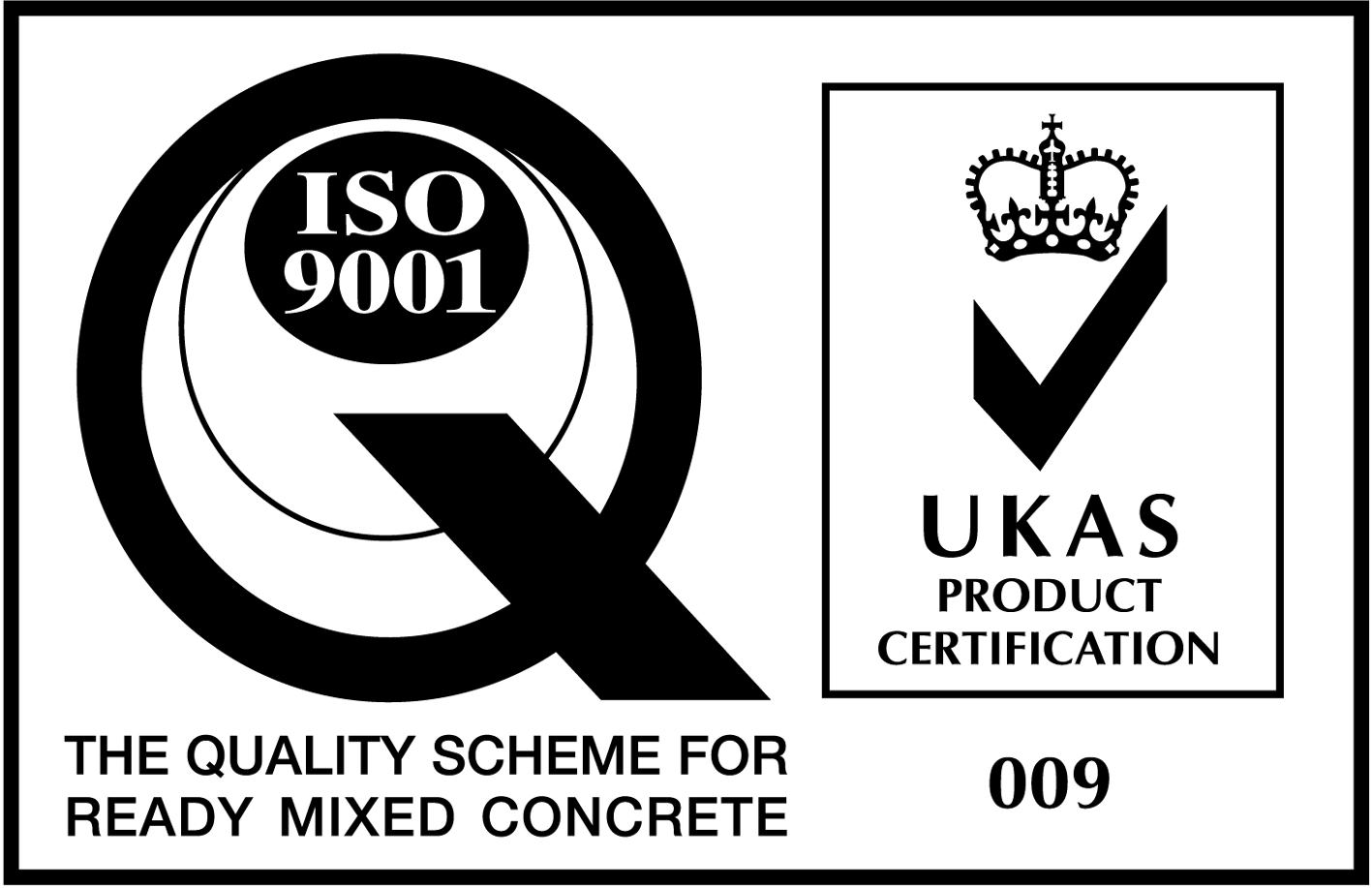How To Transport Concrete Within a Worksite
Transporting concrete on a worksite is often a complex and time-consuming process. If transported incorrectly, concrete will segregate and effectively become useless, so choosing the wrong method of transportation can be an expensive mistake. That’s why the team at Total Concrete has put together this helpful guide, covering the basics of moving concrete within a worksite.
Why does the way you transport concrete matter?
Concrete is a complex composite of aggregate, cement, sand and water. If not transported correctly and promptly, there can be issues with the workability of the concrete.
Additionally, segregation can occur: this is when the aggregates and cement mix get separated due to vibrations during transportation. Correct concrete handling ensures a high-quality product and prevents additions, thus reducing costs. Transporting concrete effectively requires strategic thinking and forward planning.

Methods of transporting concrete on a worksite
There are many different methods used to transport concrete. Concrete is initially transported to the worksite in a transit mixer; this is a large commercial mixer truck that uses a revolving drum to mix components. This allows the mixture to be continually agitated, preventing it from setting prematurely. However, upon reaching the worksite other methods are more efficient for delivering concrete those shorter distances.
-
Wheelbarrow and shovel
This is a basic and low-budget way of transporting concrete and can only be utilised on ground level where the surface is smooth and flat. Should the ground be rough, wheelbarrows can be fitted with a pneumatic wheel to minimise vibration and prevent segregation
-
Chute
This is used to transport concrete to below ground level, to areas inaccessible by foot or vehicle. The chute comprises an open-ended metal trough with a rounded bottom and any mixture moved this way must be workable to prevent separation.
-
Pumps
There are two pumps frequently used on worksites: line pumps and boom pumps. Line pumps use pipes and pistons to deliver concrete across long distances with difficult topography, whereas boom pumps use a robotic, remote-controlled arm to rapidly transport large quantities of concrete to higher locations. Boom pumps are particularly useful in the construction of high-rise buildings.
-
Belt conveyor
This method is suitable for transporting concrete continuously along short, horizontal distances. It is most appropriate for transporting large quantities of concrete in worksites areas with limited space – a tunnel for example.
What influences the transportation method of concrete?
The transportation of concrete must be effectively organised. Once it has arrived from the batching plant, there is a limited window to transport it to the correct worksite area before it hardens. There are a number of factors that should influence the transportation method. These include:
- The size of the worksite
- Components of the concrete mix
- Inclement weather conditions
- Number of workers available
- Accessibility of the pour site location
- Topography of the worksite
- Transportation costs
Total Concrete is your local leading concrete supplier; we have been operating in commercial and domestic premises across Woking, Guildford and Surrey since 1999. We have a fleet of 20 trucks and pumps at our disposal, leaving us well-equipped to handle even the largest of jobs.
To discuss your worksite with a professional or order your concrete, contact us today
 Trade Zone
Trade Zone
